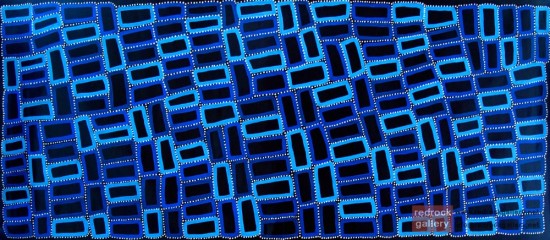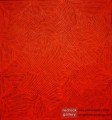 Loading... Please wait...
Loading... Please wait...- Home
- Mem’s Music & Profile
-
Biographies of our Artists
- Clifford Possum Tjapaltjarri
- Gloria Tamerre Petyarre
- Malcolm Maloney Jagamarra
- Josie Petrick Kemarre
- Long Jack Phillipus Tjakamarra
- Margaret Turner Petyarre
- Abie Loy Kemarre
- Walala Tjapaltjarri
- George [Hairbrush] Tjungurrayi
- Kathleen Petyarre
- Johnny Warangklula
- Eunice Napangardi
- Pansy Napangardi
- Michael Minjina Nelson Tjakamarra
- Cassidy Tjapaltjarri
- Ronnie Tjampitjinpa (Jampitjinpa)
- Ronnie Price Mpetyane
- Elaine Upton
- Deidre Brown Napangardi
- Dinny Nolan Tjampitjinpa
- Dr. George Ward Tjapaltjarri
- Elizabeth Marks Nakamarra
- Gracie Morton Purle (Pwerle)
- Jeannie Petyarre
- Kudditji Kngwarreye
- Linda Walker Naparrula
- Minnie Pwerle
- Mitjili Napurrula
- Nancy Petyarre
- Ningura Napurrula
- Paddy Fordham Wainburranga
- Peter Overs
- Barbara Weir
- Thomas Tjapaltjarri
- Violet Petyarre
- Warlimpirna Tjapaltjarri
- William Sandy
- Betty Mbitjana
- Our Artists
- Exhibitions
- About Us
- Charity & Sponsorship
Search by Products
Search by Artists
Join Our Newsletter
Walala Tjapaltjarri-Tingari Dreaming-70x200cm
Product Description
Walala Tjapaltjarri
In late 1984, Walala and eight other relatives of the Pintupi Tribe walked out of the desert in Western Australia and made contact for the first time with European society. Described as 'The Lost Tribe', he and his family created international headlines. Until this time Walala and his family lived the traditional and nomadic life of a hunter-gatherer society. Their intimate knowledge of the land, its flora and fauna and waterholes allowed them to survive, as their ancestors had for thousands of years. It is this sacred landscape with its significant sites that Walala so strikingly describes in his paintings.
Walala Tjapaltjarri was first introduced to painting by his brother Warlimpirrnga, also a painter of international acclaim. Walala's first paintings were in the classical Tingari style, a series of sacred and secret mythological songs which is associated with his Dreaming sites. In 1996 he developed his own style of work. He began abstracting the classical Pintupi designs, creating a highly graphic language to speak of his country and ceremonial sites. The rectangles so prominent in his paintings form both a physical and spiritual map.
Click Here to Know More about Walala Tjapaltjarri
Tingari Dreaming
The group of ancestral spirit beings known as the Tingari brought law and culture to the people of the Western Desert. Their journeys, important sites and activities cover a huge area stretching from Pintupi country around the Papunya region 250 kilometres west of Alice Springs southwest to the Great Sandy and Tanami deserts around Balgo Hills, and their depictions are numerous in Western Desert art.
Click Here to Know More about Tingari Dreaming
Certification of Authentisity
All the artworks from redrock gallery are fully certificated.
This Paintings comes with:
- Photos of the artiest painting
- Certification of Authentisity
- Biography of Walala Tjapaltjarri
- Introduction of the Dreaming
- Introduction of the symbolism












